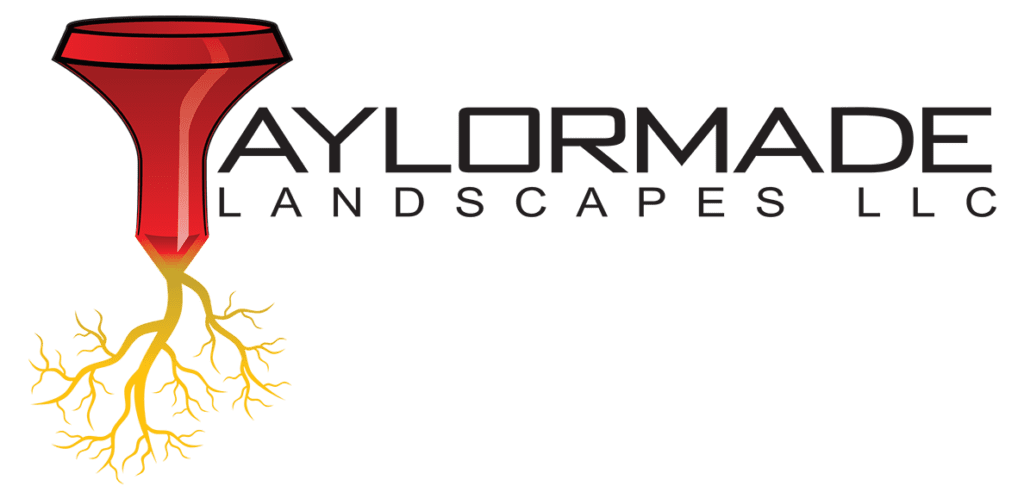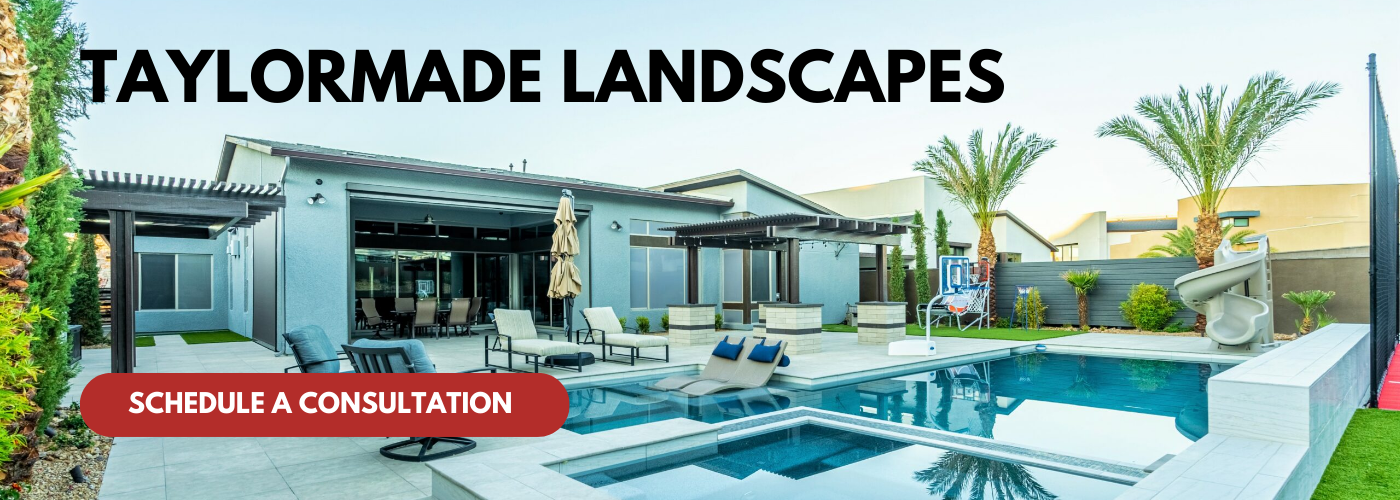As we advance deeper into the 21st century, the intersection of technology and design continues to reshape our physical environments, particularly in the realm of hardscaping. The term “hardscape” encompasses the non-plant elements of landscaping, including pathways, walls, patios, and decks, and it plays a vital role in enhancing both the aesthetics and functionality of our outdoor spaces. As we look to 2025, innovative hardscape designs are set to evolve in response to trends in sustainability, technology, and urban modernism, transforming the way we conceive outdoor living.
With an increasing emphasis on sustainability, hardscape innovations will likely prioritize eco-friendly materials and designs that respect the natural environment. Expect to see the rise of permeable pavers, recycled materials, and modular systems that not only conserve resources but also manage water run-off in response to climate change. This eco-conscious approach is not merely a trend; it’s a necessity for urban planners and designers aiming to create resilient landscapes that can withstand the challenges of modern living.
In addition to sustainability, technological advancements are revolutionizing hardscape designs. The integration of smart technology into outdoor spaces is poised to enhance user experiences, from smart lighting systems that adjust to ambient conditions to temperature-controlled patios that extend the usability of outdoor areas year-round. Furthermore, the advent of augmented reality tools in landscape design will allow homeowners and designers alike to visualize and customize their spaces in ways previously unimaginable, providing a hands-on approach to planning and creativity.
Lastly, the aesthetic dimensions of hardscape design are evolving to embrace a more holistic, organic integration with nature. Curvilinear forms, textured surfaces, and biophilic elements are expected to dominate hardscape landscapes, creating spaces that not only serve functional purposes but also foster well-being and a connection to the environment. As we anticipate the innovations of 2025, it becomes clear that the future of hardscape design is not just about paved paths and stone walls; it is about creating immersive, sustainable, and technology-driven landscapes that enrich our lives and enhance our relationship with the world around us.
Sustainable Materials and Eco-Friendly Designs
As we transition into 2025, the emphasis on sustainable materials and eco-friendly designs in hardscaping is becoming increasingly pronounced. Homeowners, businesses, and urban planners are recognizing that the choices they make in the hardscape elements can significantly impact the environment. With an array of innovative products hitting the market, it’s anticipated that sustainable options will not only be more prevalent but will also combine durability and aesthetic appeal.
Sustainable materials like recycled concrete aggregates, permeable paving stones, and reclaimed wood will be at the forefront of hardscape design. Advances in technology and improved production techniques will make these materials more accessible and cost-effective. Permeable paving, which allows for rainwater to filter through, is gaining traction, especially in urban areas looking to mitigate stormwater runoff and enhance local water management. Expect to see unique patterns and textures in these products, allowing them to contribute to stunning outdoor aesthetics while serving functional purposes.
Furthermore, eco-friendly designs will take a holistic approach by considering the entirety of an outdoor space. The integration of native plantings with hardscape features will play a crucial role, creating harmonious environments that support local biodiversity. In 2025, we will see an increasing number of designs that align with regenerative landscaping principles, which aim not just to minimize harm to the environment but to actively restore and enhance it. This could include the use of rain gardens, bioswales, or green roofs in conjunction with well-designed hardscape elements.
Moreover, the rise of the eco-conscious consumer is pushing designers and manufacturers to rethink their supply chains and manufacturing processes. We can expect products that highlight low carbon footprints and responsible sourcing of materials. Innovations such as 3D printing of hardscaping elements using recycled plastics may gain popularity, providing unique designs while advocating for waste reduction. Overall, the push towards sustainable materials and eco-friendly designs in hardscaping not only reflects a shift in consumer values but also heralds a new era of creativity and responsibility in outdoor spaces.
Smart Hardscape Technology Integration
In 2025, the integration of smart technology into hardscape designs is poised to revolutionize the way we interact with outdoor spaces. Smart hardscapes will be characterized by the use of advanced technology to enhance functionality, improve efficiency, and create more enjoyable environments. This technology can range from lighting systems that adjust based on natural sunlight to automated irrigation systems that conserve water and optimize the health of plants. The trend will likely focus on making outdoor spaces more responsive to their users’ needs, thus creating a seamless blend of the built environment with smart technology.
One significant aspect of smart hardscape technology is the incorporation of sensors and connected devices that allow for real-time monitoring and management of outdoor spaces. For instance, smart paving stones could incorporate LEDs that change colors or patterns for wayfinding or security purposes. Furthermore, hardscapes equipped with soil moisture sensors can alert homeowners when plants require watering, leading to more efficient water usage and maintaining the vibrancy of greenery in urban settings. This technology can be especially valuable in public parks and recreational areas, where it’s essential to manage resources effectively while also enhancing user experience.
As the sector progresses, we can expect an emphasis on user interactivity. Innovations could introduce app-controlled features for various elements of the hardscape, such as customizable outdoor lighting and temperature controls for heated outdoor spaces. Imagine a patio where heating units activate automatically during colder months or lighting that can be adjusted through a smartphone application to match an event or mood. Such integration empowers users, providing them more control over their outdoor environments and enabling them to create personalized experiences.
Moreover, sustainability will be a crucial consideration within this technological evolution. Smart hardscape designs are likely to prioritize energy efficiency and resource conservation, seamlessly integrating renewable energy sources like solar panels. This could lead to hardscapes that not only generate energy but also store and redistribute it to different elements, such as Feature fountains or outdoor heating elements, thus contributing to a more sustainable ecosystem. As hardscape technology continues to evolve, the focus on creating intuitive, efficient, and sustainable designs will undoubtedly shape the outdoor living experience for years to come.
Adaptive Outdoor Spaces for Climate Resilience
Adaptive outdoor spaces for climate resilience represent a transformative approach to landscape architecture and urban design. As climate change increasingly affects weather patterns, creating spaces that can withstand extreme conditions is crucial. These spaces are designed to respond dynamically to environmental changes, allowing them to adapt to varying conditions such as flooding, drought, or extreme temperatures. For instance, parks and gardens can be designed with permeable materials and elevation adjustments that enable better drainage, thus minimizing the impact of stormwater during heavy rainfall while also incorporating drought-resistant vegetation.
In 2025, innovative designs for adaptive outdoor spaces may focus on integrating natural systems with urban settings more fluidly. For example, expect to see the incorporation of green roofs and walls that not only improve insulation for the buildings they adorn but also create unique microhabitats that enhance biodiversity. These systems can capture stormwater, which can be reused in irrigation or managed through efficient drainage systems, balancing the need for greenery with urbanization’s demands.
The designs will likely also prioritize flexible usage. Outdoor spaces could feature modular seating and public art installations that can be repositioned based on seasonal changes or specific community needs. This flexibility encourages greater community engagement, as residents can tailor their environment to suit various events, from festivals to casual gatherings. By fostering an inclusive approach that encourages citizen participation in urban planning, cities can create more resilient, adaptable environments that reflect the needs and desires of their communities.
Moreover, the technology used to monitor and manage these adaptive spaces will likely advance significantly by 2025. IoT devices may be utilized to gather real-time data on factors such as soil moisture, temperature, and usage patterns, allowing landscape architects to make informed decisions about maintenance and upgrades. This data-driven approach will ensure that outdoor spaces remain vibrant and functional, meeting environmental demands while fostering social interaction and community-building. Ultimately, the emphasis on adaptability in outdoor spaces highlights the need for sustainable practices in architecture and urban planning, ensuring that cities can thrive in the face of climate challenges.
Modular and Flexible Design Concepts
Modular and flexible design concepts are poised to revolutionize hardscape design in 2025, responding to the growing demand for adaptability in outdoor spaces. This approach allows landscapes to evolve according to the needs of their users and the changing environments around them. Modular systems consist of pre-fabricated elements that can be easily assembled, disassembled, and reconfigured, ensuring that spaces can be transformed without significant disruption or material waste. This flexibility is essential in urban areas, where land use must frequently adapt to accommodate new amenities, green spaces, or community needs.
Incorporating modular designs can also streamline the construction process, reducing time and costs associated with traditional hardscaping methods. Designers are increasingly utilizing materials such as concrete pavers, wood decking, and precast stone blocks that can be easily swapped out or repositioned. This enables designers to create dynamic environments that can shift functionality—such as transitioning a residential patio into a multi-use event space or an urban plaza that serves as a venue for community gatherings. The adaptability of these designs can significantly enhance property value and user engagement, fostering a sense of ownership and community in public spaces.
Furthermore, as environmental concerns grow, modular hardscaping allows for integration with sustainable landscaping practices. For instance, systems can incorporate permeable materials to manage stormwater effectively or be integrated with existing landscapes, enhancing bio-diversity while minimizing ecological footprints. In 2025, innovative designs are expected to explore further synergy between hardscapes and surrounding greenery, promoting functional landscapes that are not only beautiful but also resilient and suitable for diverse uses.
Overall, modular and flexible design concepts are set to redefine not just the aesthetics but also the functionality and environmental impact of outdoor spaces, ensuring that they remain relevant and appealing in a rapidly changing world. As architects and designers innovate within this framework, we can expect to see a plethora of unique applications that reflect the needs and values of their communities.
Biophilic Design Elements in Hardscaping
As we move toward 2025, the integration of biophilic design elements in hardscaping will become increasingly prominent in both residential and commercial landscapes. Biophilic design emphasizes the connection between nature and the built environment, aiming to create spaces that promote health, well-being, and a harmonious relationship with the natural world. In hardscaping, this could manifest through the use of natural materials, shapes that mimic organic forms, and features that facilitate interaction with the surrounding ecosystem.
Expect to see more hardscape designs that include porous surfaces, which not only allow rainwater to permeate and recharge groundwater but also help to create a variety of microhabitats for local wildlife. Textured pathways made from natural stone, for example, can provide both functionality and aesthetic appeal while encouraging biodiversity. These designs will often incorporate water features such as bio-swales and rain gardens that integrate seamlessly into pedestrian areas, providing a calming auditory experience as well as visual beauty.
Moreover, the concept of biophilic design extends beyond aesthetics; it considers the psychological benefits of nature in urban settings. Innovative hardscape designs will likely incorporate green walls or vertical gardens, enhancing airflow and providing insulation in addition to their visual appeal. Seating areas might be strategically placed to take advantage of natural light and shaded spaces, which fosters an inviting atmosphere for relaxation and social interaction. As urban areas continue to grow, integrating these elements will not only enhance the outdoor experience but also contribute to mental wellness, making our environments more enjoyable and sustainable.
In summary, by 2025, we can anticipate hardscape designs that prioritize the blend of natural elements with man-made structures, promoting biodiversity, improving urban climates, and enhancing the well-being of individuals in these spaces. Biophilic design will serve as a critical approach in reshaping our understanding of outdoor environments, encouraging a deeper connection to nature within urban settings, and thereby redefining how we interact with our surroundings.



